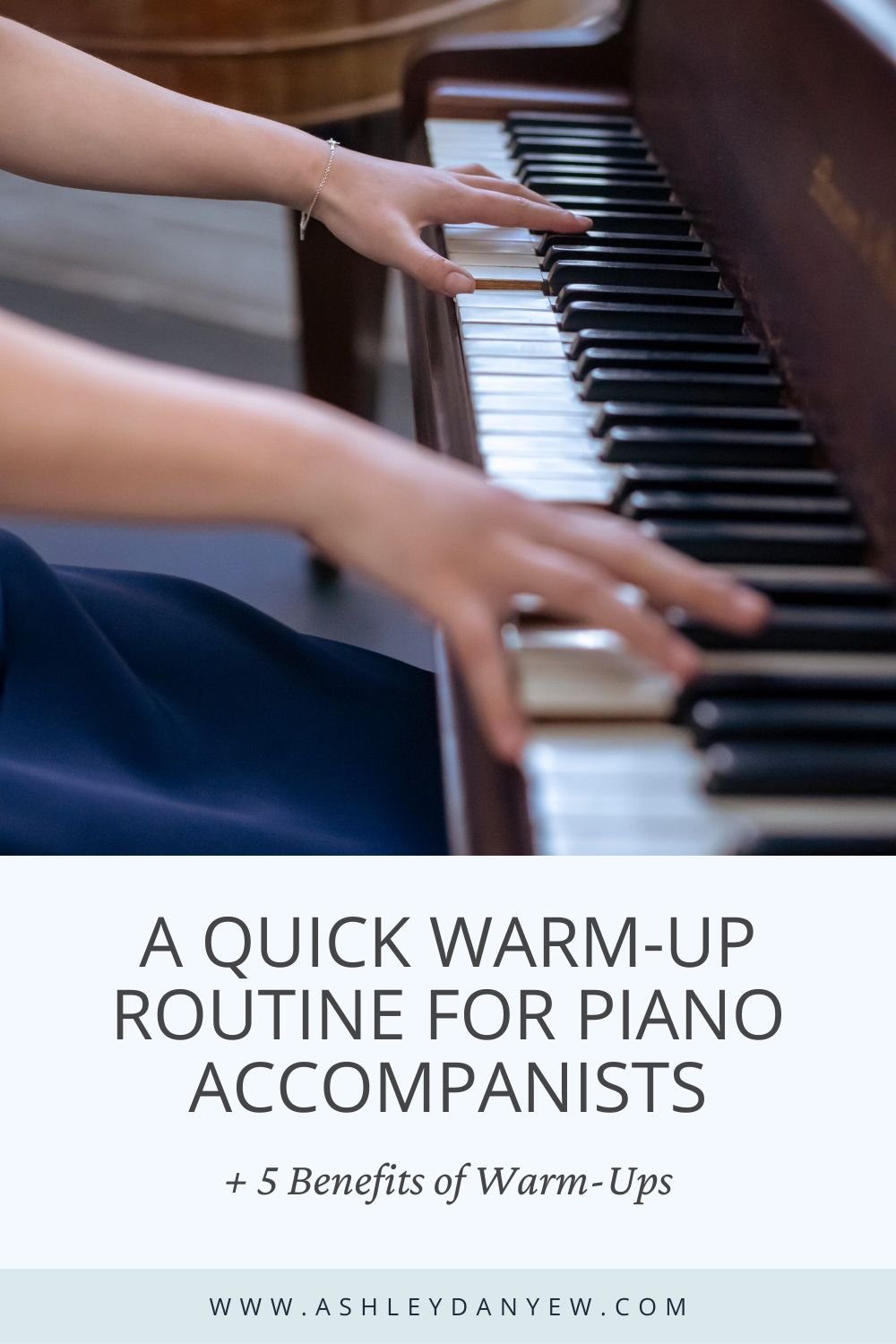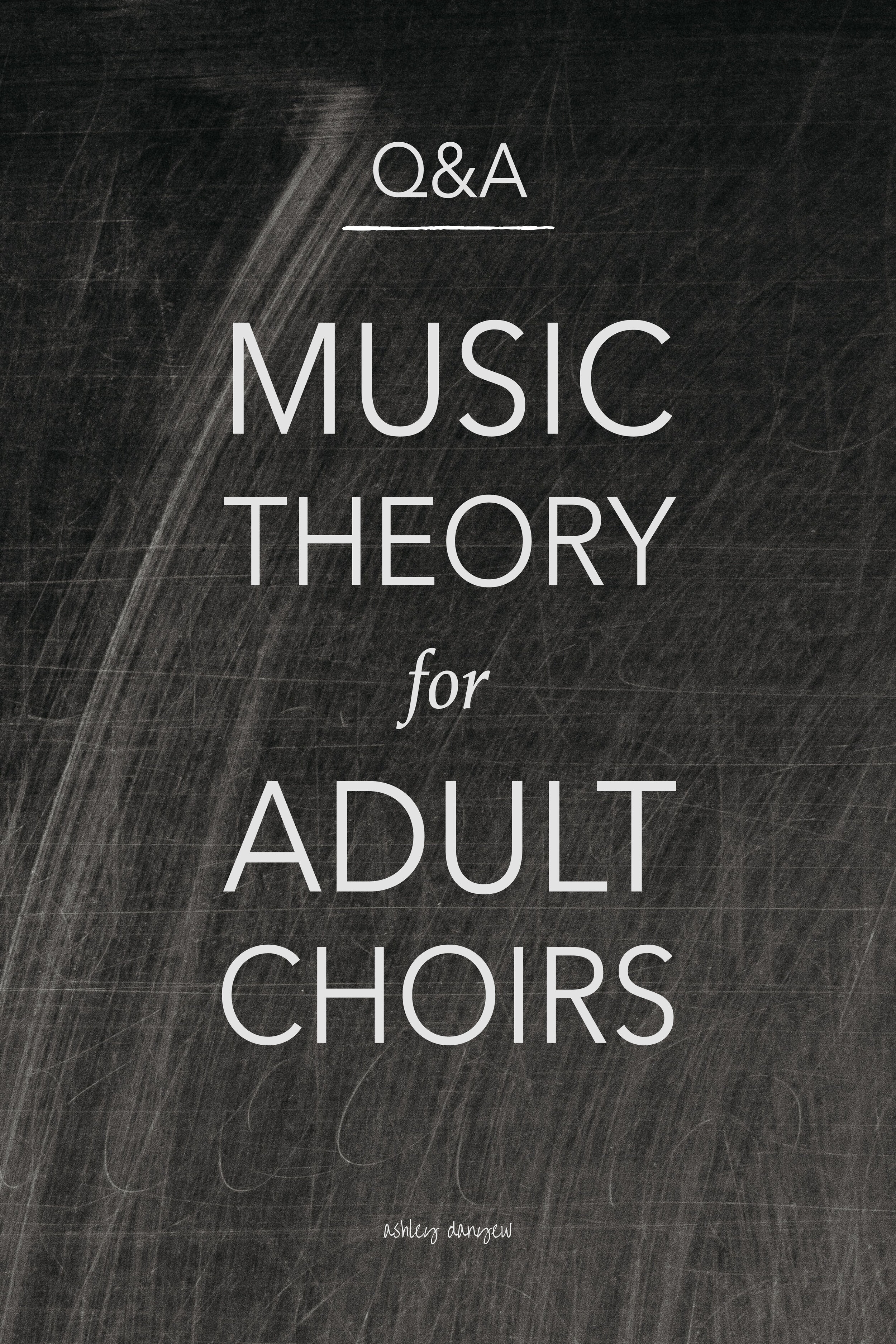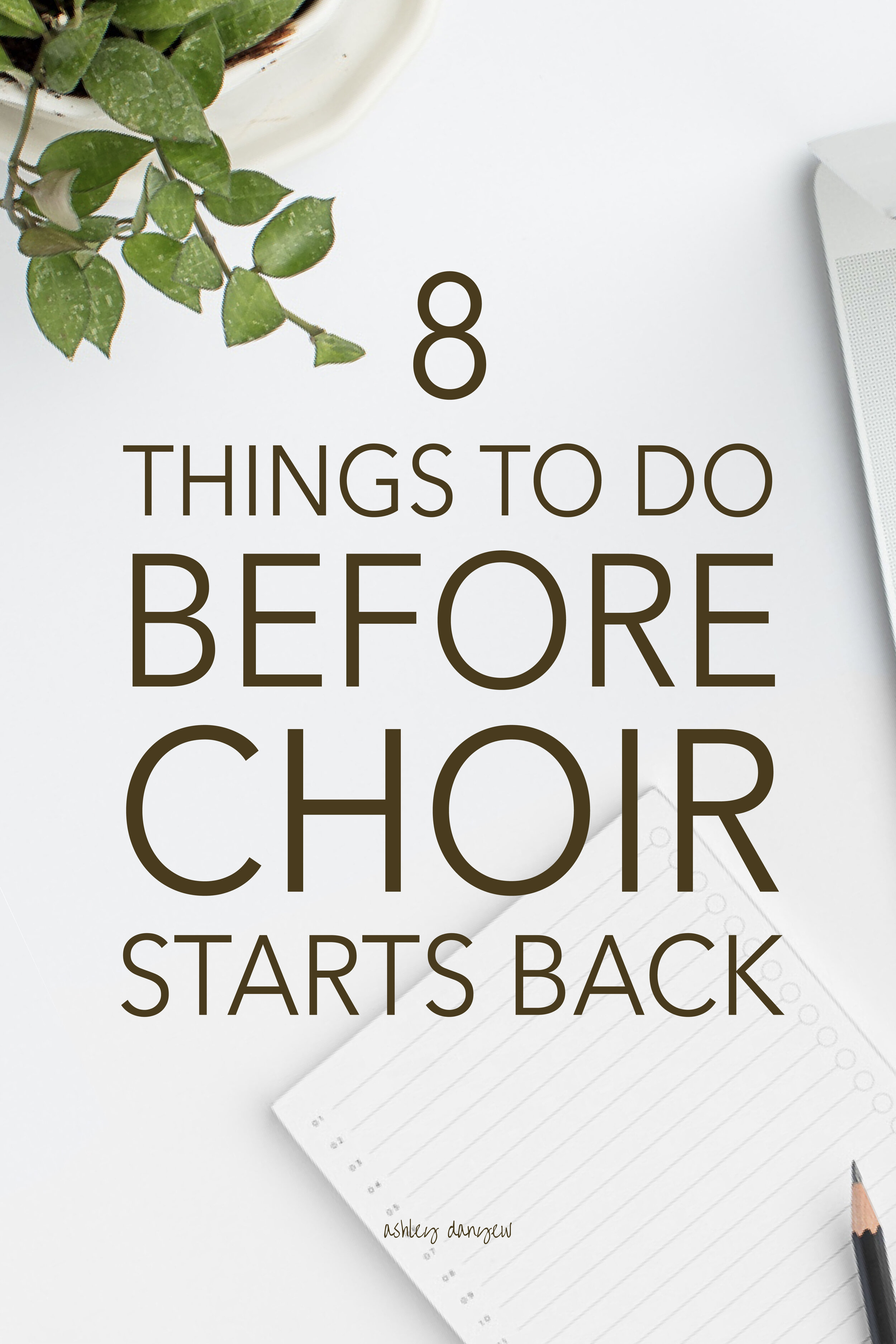Remember in college when you'd get into the practice room in the morning, unpack your books, and launch into a warm-up sequence? Maybe it was scales, chord patterns, or arpeggios. Maybe it was a finger-strengthening exercise. Maybe it was a technical etude.
Whatever your routine, warm-ups were an important part of each practice session.
But what happens after college or grad school when you enter the professional world? Do you still take time to warm up before playing? Is it really necessary?
Of course, it’s possible to just sit down and play, especially if you’re in a position where you’re playing almost daily. However, just like it’s important when playing a sport or exercising to stretch and warm up the body, warming up our muscles to play our instrument is a good practice for long-term health and wellness.
Here are five key benefits of including warm-ups in your practicing routine:
5 Benefits of Warm-Ups for Pianists
They help you focus on what you're about to do. Playing simple exercises without notation helps you wake up your ears and prepare your mind for what you'll play next, whether you're practicing on your own or rehearsing with others.
They activate your fingers. Warm-ups are a great way to stretch your muscles and help increase blood flow to your fingers and hands, which helps you play faster, more technical passages with ease (instead of feeling like your fingers are holding you back).
They build strength. A thoughtful warm-up routine helps you build endurance, strengthen your arm and back muscles, and develop finger independence.
They develop gestures or patterns of movement. These include thumb-under, finger crossover, hand crossover, arm weight, wrist circles, wrist rocking, leading with the elbow, etc.
They prepare you to play patterns in the repertoire. Music is composed of patterns and so much of our repertoire as pianists features patterns we review and practice during warm-ups: scales, broken chords, blocked chords, arpeggios, rotation, and octaves.
With this in mind, I thought I'd share a quick warm-up routine. Pick and choose from the menu below and create your own daily warm-up sequence to stay in shape, keep your skills sharp, and do your best playing.
A Quick Warm-Up Routine for Piano Accompanists
*Disclosure: I get commissions for purchases made through links in this post.
Rotation
51 41 31 21 31 41 5 (3x in a row)
15 25 35 45 35 25 1 (3x in a row)—this one is harder
HS or HT
All 12 major keys, all 12 minor keys
Notes:
Fast and light. The power is in the wrist rotation (like turning a doorknob).
Variations:
Play a consecutive sequence from major → minor → diminished
Finger-Strengthening
No. 1: C-E-G-A-C (source: Louise Barfield)
Play and hold all 5 keys (one for each finger). Lift one finger at a time and play 4 quarter-note beats.
Variation:
Lift two fingers at a time (1+3, 2+4, 3+5) and play 4 quarter-note beats.
No. 2: Whole-Tone (source: Marvin Blickenstaff)
Place fingers 2-3-4 on a group of 3 black keys and 1 and 5 a whole step on either side. Lift one finger at a time and play 4 quarter-note beats.
No. 3: Jane Allen (source: Marvin Blickenstaff)
Choose a key. Begin in a 5-finger position. Hold fingers 1 + 5 and play 2343234 (not fast). Shift up by step (according to key).
Arpeggios
1-octave, 2-octave, 4-octave
HS or HT
Notes:
Focus on rollover. The thumb tucks under the hand as the 2nd finger plays.
Variations:
Practice in root position, 1st inversion, 2nd inversion
Practice four versions:
parallel motion
contrary motion
zigzag parallel (e.g. C-G-E-C)
zigzag contrary
Practice dominant 7th arpeggios
Practice diminished 7th arpeggios
Octave Scales
1-octave
Blocked or broken
HT
Notes:
Draw fingers in, then throw the hand out into octave and relax/lift
Variations:
Practice four versions of broken octaves:
low → high
high → low
in → out (thumbs to 5th fingers)
out → in (5th fingers to thumbs)
Scales
2-octave, 3-octave, 4-octave
HS or HT
All 12 major keys, all 12 minor keys (harmonic, melodic)
Notes:
Focus on rotation/rollover
Variations:
Practice a formula pattern:
parallel up, contrary out + back, parallel up
parallel down, contrary out + back, parallel down
Play in 4-beat units (source: Marvin Blickenstaff)
1st set of 4 beats: quarter notes
2nd set of 4 beats: eighth notes
3rd set of 4 beats: sixteenth notes
Practice 3 against 1 (source: Anne Farber)
Play a 1-octave scale in one hand (quarter notes)
Play a 2-octave scale in the other hand (triplets)—up 2 octaves, down 1
Practice in 10ths, 6ths, and 3rds (start one hand ahead of the other)
Accompany 2-octave scale with Alberti bass pattern
2 beats of I
2 beats of IV
2 beats of I
V7-I
Hanon
Choose one
HS or HT
All 12 major keys (timesaver: go up 1 octave in one key and down in another)
Variations:
Play in a relaxed, slow tempo; exaggerate finger lift + drop
Play very legato with fingers overlapping from one key to the next
Practice with dotted rhythms
Practice staccato (with fingers, not arms)
Etudes
Playing a favorite etude or technical piece is a great way to transition from warm-up exercises to whatever repertoire you’re working on. Here are a few of my favorites recently:
Prelude and Fugue in C Major (J.S. Bach)
Burlesca in D Major (Johann Ludwig Krebs)
Solfeggio in C Minor (C.P.E. Bach)
Ready to develop your skills as
an accompanist this year?
Join me in The Church Musician Primer, an online keyboard skills class for church musicians, keyboardists, and organists to help you learn and develop must-have 21st-century music skills.
Develop skills in sight-reading, score-reading, and harmonizing; learn to play and accompany hymns, anthems, and contemporary songs creatively and confidently; and get the tools and resources you need to lead and support choral and congregational singing in a variety of worship settings.
Piano Warm-Up Resources:
I found a few other piano warm-up resources on the web that might be helpful to you. Bookmark these for later:
Warming Up at the Piano (Juilliard)
notated versions of 2-octave scales and arpeggios in parallel and contrary motion
Piano Technique (Paul White)
the second half includes notated exercises
Free Piano Exercises (Galaxy Music Notes)
notated versions of all 5-finger and 1-octave scales, major and minor chords, chord progressions, Czerny etudes, and more
Practice Tips (Eleonor Bindman)
Hanon Online
digital versions of all the exercises
Beautiful Piano Warm-Up Exercises (Lisa Witt)
written in a pop style
I'd love to hear from you:
What are your favorite warm-up exercises? What do you do on a daily or weekly basis to stay active?






































